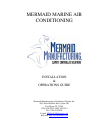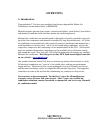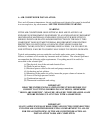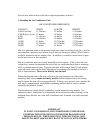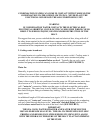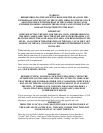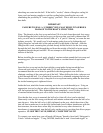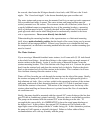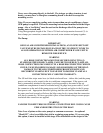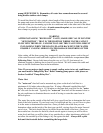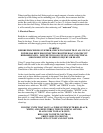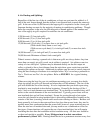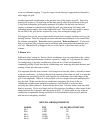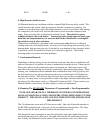CONDENSATION WATER CAN COME IN CONTACT WITH IT SHOULD THE
CONDENSATION WATER OVER FLOW ITS PAN. NEVER PLACE THE
ELECTRICAL BOX BELOW THE AIR CONDITIONING UNIT.
WARNING
IF CONDENSATION WATER CONTACTS THE ELECTRICAL BOX
ELECTRICAL SHORTING COULD OCCUR CAUSING FIRE WHICH COULD
RESULT IN SERIOUS INJURY, DEATH AND/OR DESTRUCTION OF THE
BOAT.
We suggest that once you are satisfied that the unit and electrical box, along with all of
the other items required in the air conditioner compartment will fit, that you remove the
air conditioning unit and electrical box or cover them completely until all holes and
construction in the compartment are completed and the area cleanly vaccuumed.
2. Cooling water in and out:
All central marine air conditioning and heating units are water cooled. Cooling water is
provided to the air conditioner via a foot scoop, sea cock, water strainer and pump
assembly all of which are mounted below sea level. Typically the sea cock, water
strainer and pump are installed remotely to the air conditioner (SEE FIGURE 3).
Water In:
Generally, in power boats, the sea cock will be installed in the engine compartment. In
sail boats, because of their more uniform draft characteristics, it is usually installed under
a settee seat or some other compartment more convenient to the air conditioner.
Water is then routed to the air conditioner from the pump via 5/8 inch marine water hose
(also known as ½” I.D. hose) where it is connected to the air conditioner condensing
coil's "water in" connection. Make sure that space is allowed around the unit to make
this connection. The water hose is easily kinked, restricting water flow. If needed, use a
hose barb 90 degree fitting to eliminate any kinking. (These can be found at any pvc
supply store).
An additional length of 5/8 inch marine hose (again, ½” I.D.) is connected to the
condensing coil "water out" connection. Cooling water passes through the condensing
coil and routed through this hose to the "water out" thru-hull fitting which will be
installed above water level in the side of the boat’s hull (SEE FIGURE 3).
IMPORTANT
THE SEA COCK, WATER STRAINER AND WATER PUMP MUST BE
INSTALLED BELOW SEA LEVEL. THE SEA WATER PUMP IS NOT SELF
PRIMING AND RELIES ON WATER SEEKING ITS OWN LEVEL ALONG
WITH THE HYDRAULIC PRESSURE OF THE BOAT TO ATTAIN PRIMING
OF THE PUMP.



